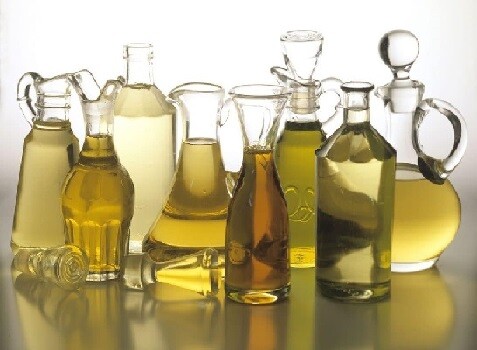
I think it depends on how you want to use it and for which area of your body. I like olive oil for pain salves and jojoba oil for my face creams.
Rating Scale
5 – Very Slow Absorption Rate
Feels heavy, leaving an oily protective barrier on the skin.
4 – Slow Absorption Rate
May feel sticky or waxy before warming at body temperature. Leaves a slight oily residue on the skin.
3 – Average Absorption Rate
Leaves a slight oily or satiny finish.
2 – Fast Absorption Rate
Feels light, absorbs into the skin readily, leaving a silky smooth finish.
1 – Very Fast Absorption Rate
Considered a “drying oil” quickly absorbed by the skin and does not leave an oily feel.
5 – Very Slow Absorption Rate
Feels heavy, leaving an oily protective barrier on the skin.
4 – Slow Absorption Rate
May feel sticky or waxy before warming at body temperature. Leaves a slight oily residue on the skin.
3 – Average Absorption Rate
Leaves a slight oily or satiny finish.
2 – Fast Absorption Rate
Feels light, absorbs into the skin readily, leaving a silky smooth finish.
1 – Very Fast Absorption Rate
Considered a “drying oil” quickly absorbed by the skin and does not leave an oily feel.
Abyssinian – 1
Almond, Sweet Organic – 3
Aloe Vera (Macerated) – 3
Andiroba – 2
Apricot Kernel – 2
Argan (Virgin) – 3
Avocado (Extra Virgin) – 4
Babassu – 3
Baobab – 1
Black Cumin Seed – 3
Black Current Seed – 3
Borage Seed – 5
Broccoli Seed – 3
Camellia Seed – 2
Canola – 2
Carrot (Macerated) – 4
Castor – 5
Cherry Kernel – 3
Chia Seed – 3
Chili Seed – 3
Coconut – 4
Cotton Seed – 4
Evening Primrose – 5
Flax Seed – 5
Grapeseed – 2
Hazelnut – 1
Hemp Seed – 3
Jojoba – 3
Almond, Sweet Organic – 3
Aloe Vera (Macerated) – 3
Andiroba – 2
Apricot Kernel – 2
Argan (Virgin) – 3
Avocado (Extra Virgin) – 4
Babassu – 3
Baobab – 1
Black Cumin Seed – 3
Black Current Seed – 3
Borage Seed – 5
Broccoli Seed – 3
Camellia Seed – 2
Canola – 2
Carrot (Macerated) – 4
Castor – 5
Cherry Kernel – 3
Chia Seed – 3
Chili Seed – 3
Coconut – 4
Cotton Seed – 4
Evening Primrose – 5
Flax Seed – 5
Grapeseed – 2
Hazelnut – 1
Hemp Seed – 3
Jojoba – 3
Macadamia – 5
Marula – 2
Meadowfoam – 2
Moringa – 2
Neem – 5
Oat – 4
Olive – 3
Palm – 5
Passionfruit – 2
Peach – 3
Perilla Seed – 2
Pomegranate – 3
Pracaxi Seed – 3
Prickly Pear – 2
Pumpkin Seed – 3
Raspberry Seed – 3
Ricebran – 3
Rose Hip – 1
Sacha Inchi – 1
Safflower – 2
Sea Buckthorn – 3
Sesame – 3
Soya Bean – 3
Sunflower – 3
Sunflower (Organic) – 2
Tamanu – 3
Walnut – 3
Wheat Germ – 3
Marula – 2
Meadowfoam – 2
Moringa – 2
Neem – 5
Oat – 4
Olive – 3
Palm – 5
Passionfruit – 2
Peach – 3
Perilla Seed – 2
Pomegranate – 3
Pracaxi Seed – 3
Prickly Pear – 2
Pumpkin Seed – 3
Raspberry Seed – 3
Ricebran – 3
Rose Hip – 1
Sacha Inchi – 1
Safflower – 2
Sea Buckthorn – 3
Sesame – 3
Soya Bean – 3
Sunflower – 3
Sunflower (Organic) – 2
Tamanu – 3
Walnut – 3
Wheat Germ – 3
I hope that this helps you decide which carrier oil to make the best products for you and your family.
Love ya,
Deb


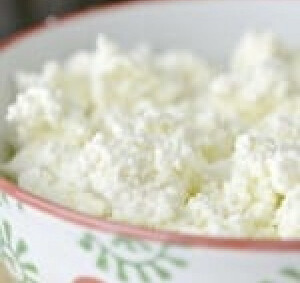
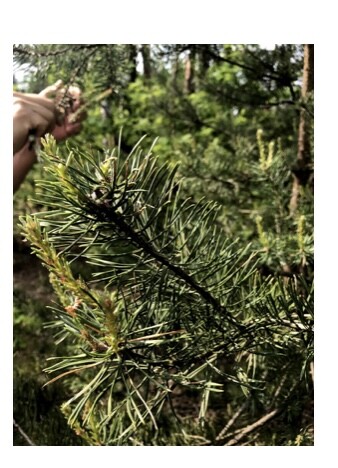
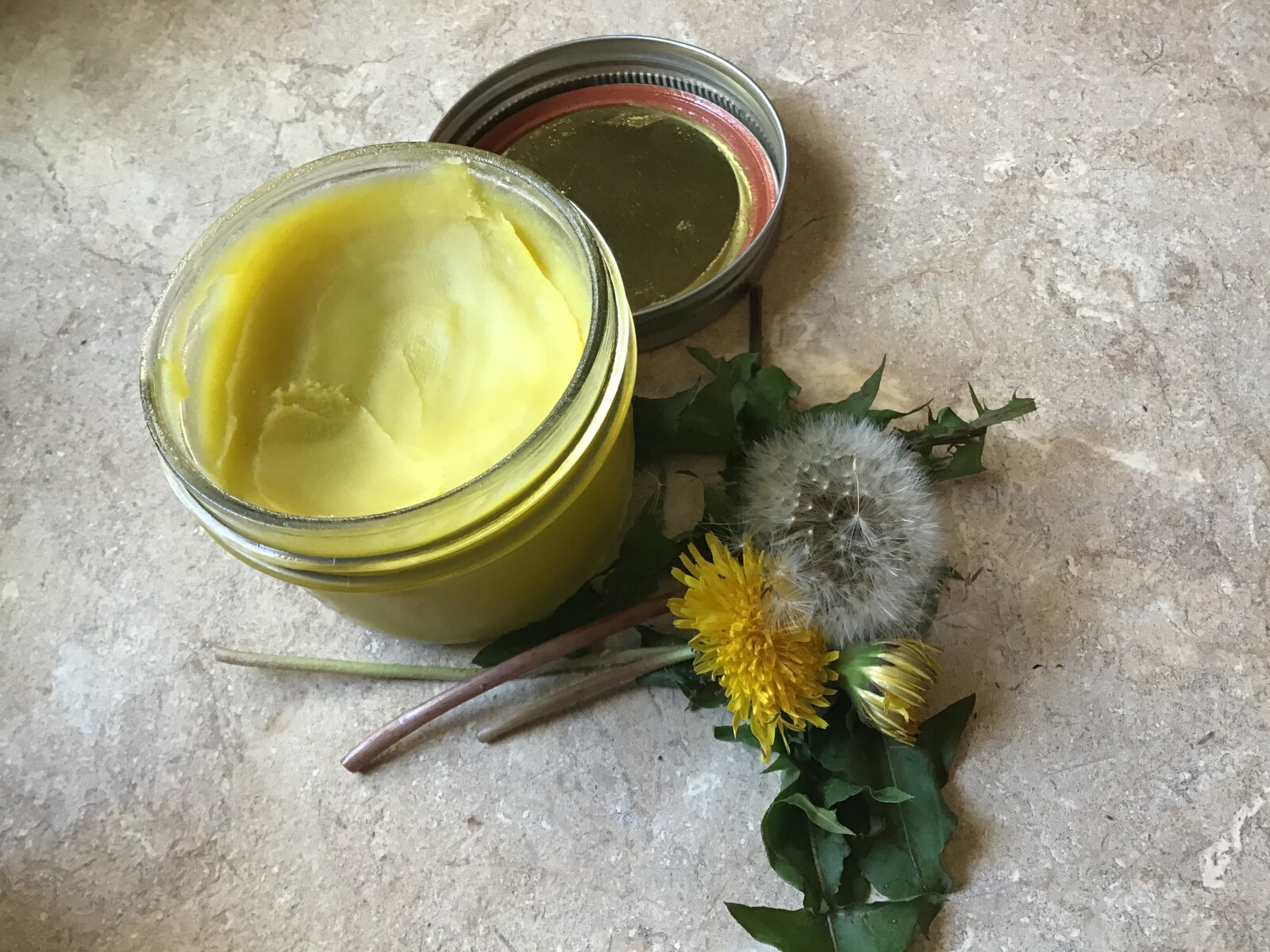

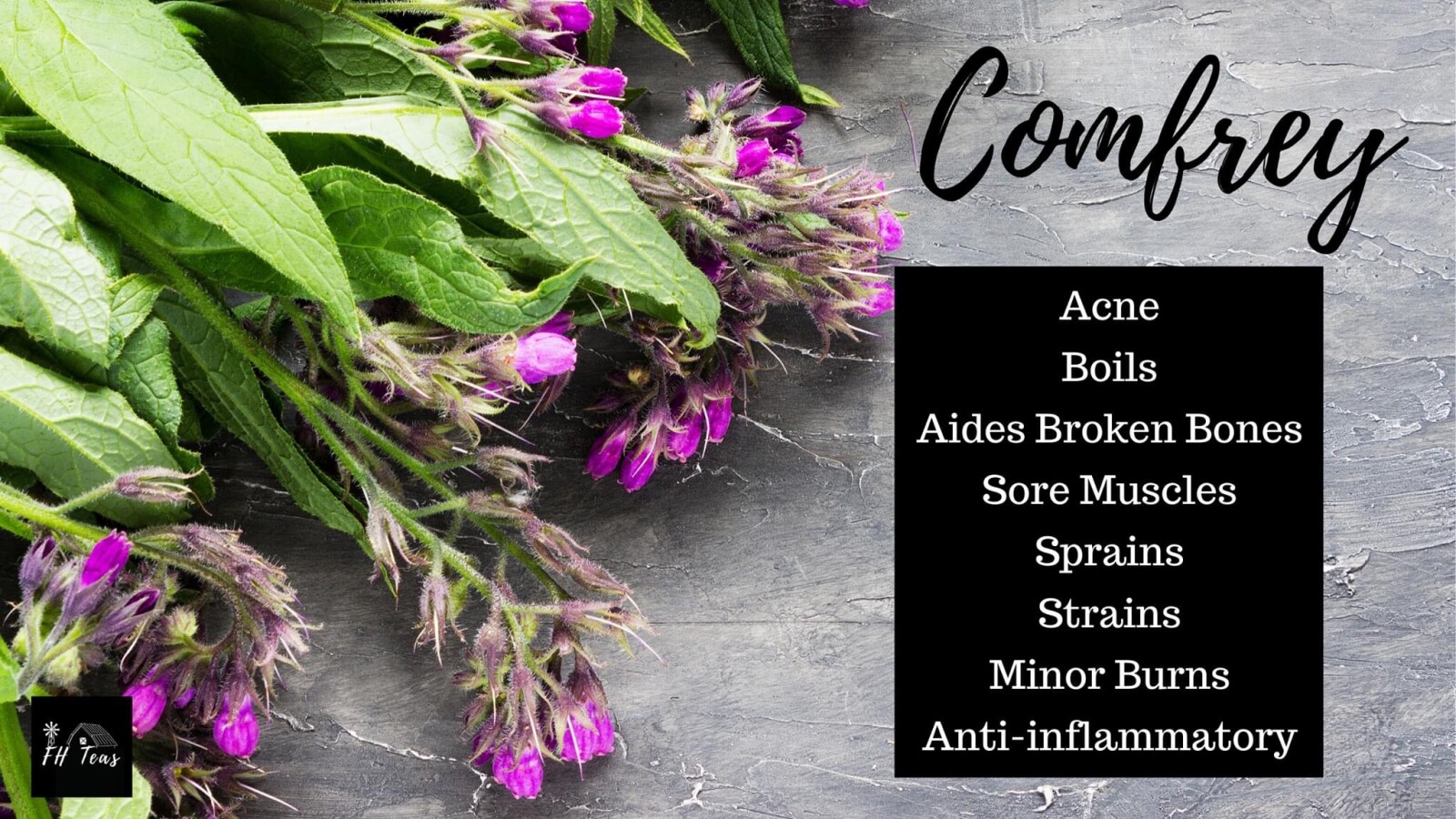

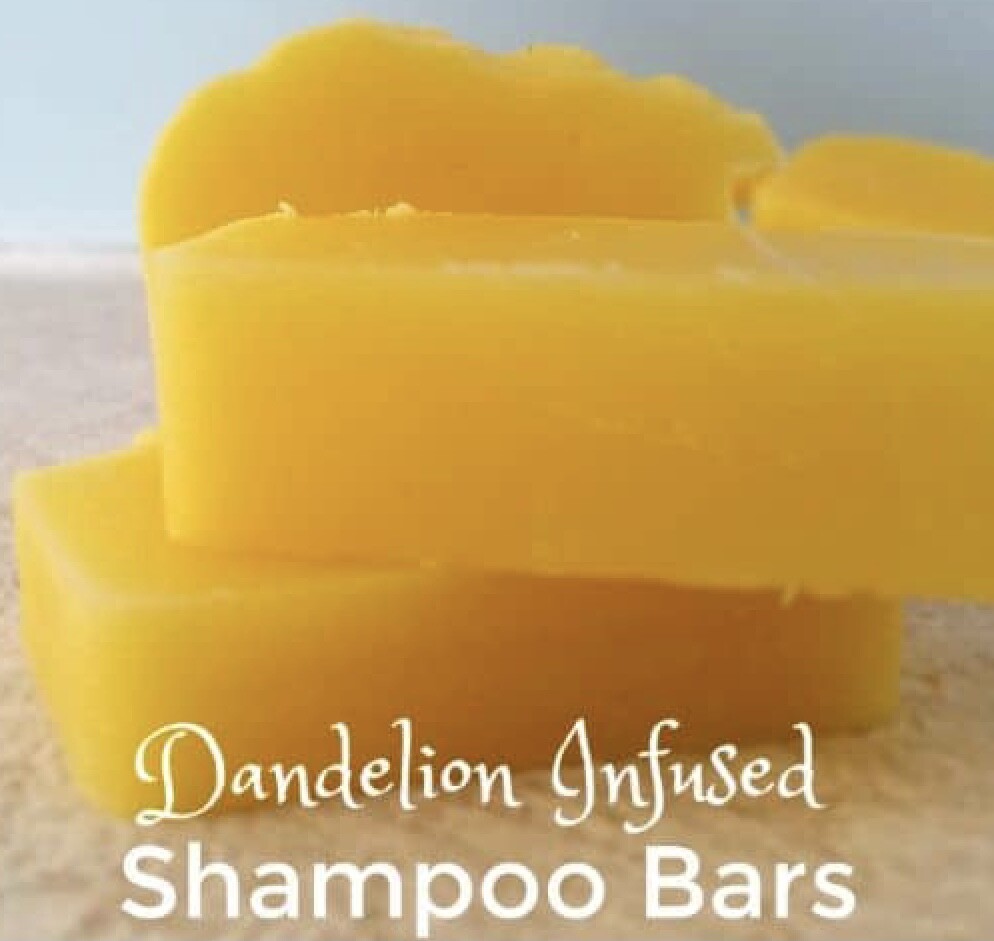
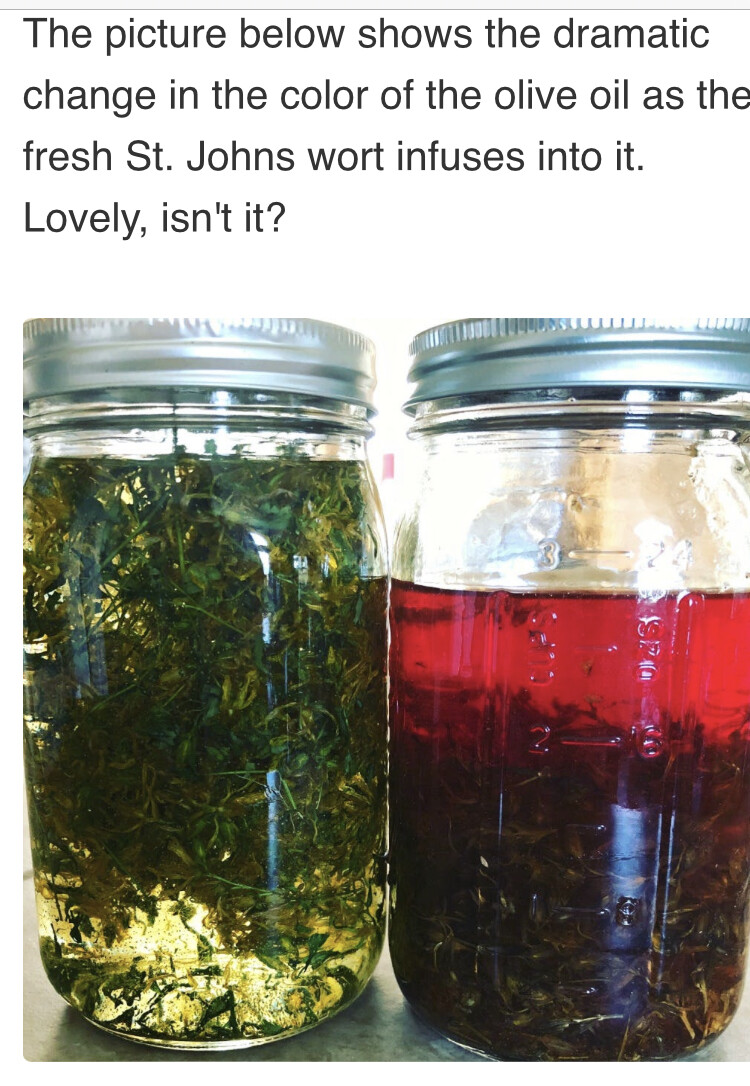


0 Comments